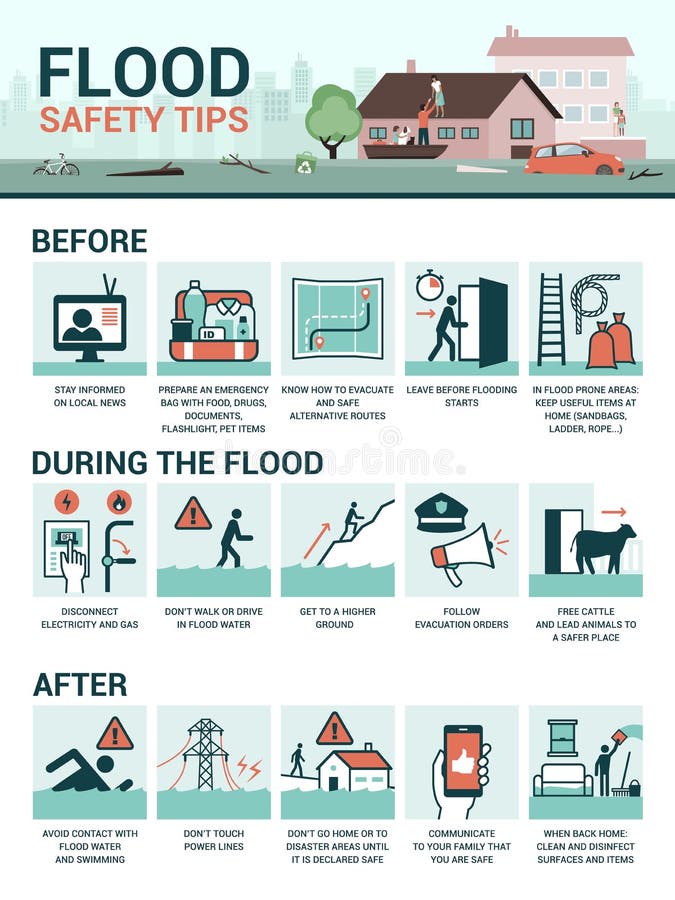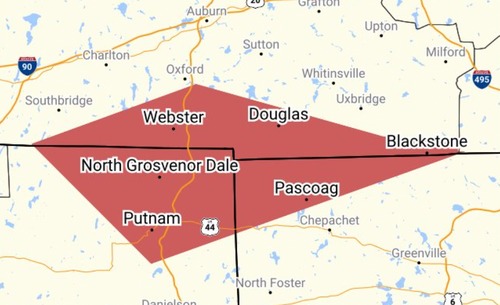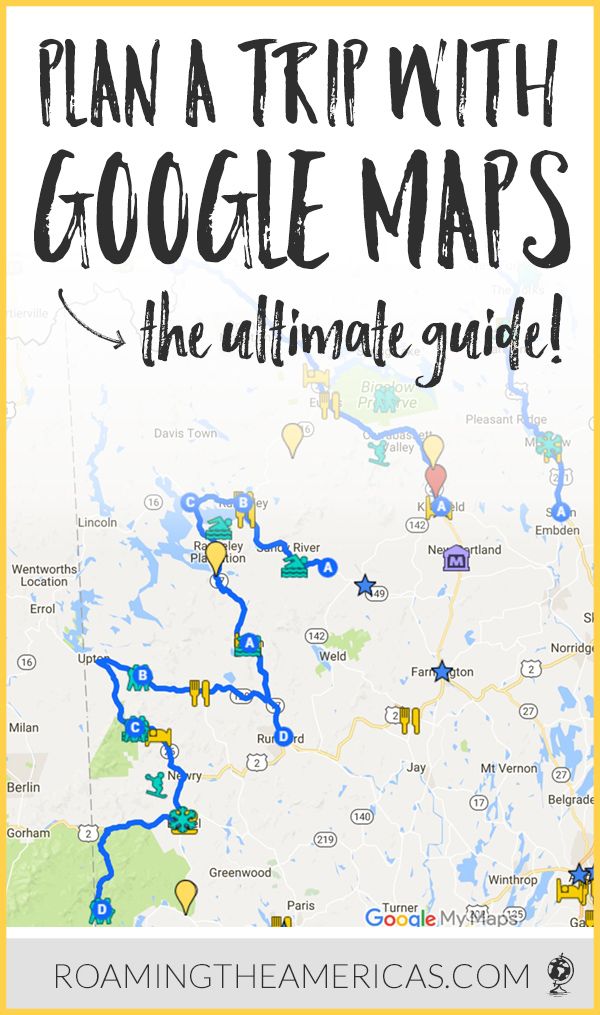Responding To A Flash Flood Emergency: Survival Tips And Safety Measures

Table of Contents
Recognizing the Signs of an Impending Flash Flood Emergency
Staying informed about weather forecasts and alerts is paramount when it comes to flash flood safety. A seemingly harmless downpour can quickly escalate into a devastating flash flood warning situation. Being aware of both official warnings and visual indicators can significantly improve your chances of escape. Understanding the signs of an imminent flash flood is the first step towards ensuring your safety.
Visual indicators of an impending flash flood include:
- Rapidly rising water levels: Noticeable increases in water levels in streams, rivers, and creeks are a major warning sign. Even a small increase in a short period can be dangerous.
- Strong currents: Observe the water's movement. Strong currents, even in normally calm waterways, indicate a potential flash flood.
- Overflowing rivers and streams: When rivers or streams overflow their banks, it's a clear indication of a flash flood in progress.
- Changes in water color: A sudden change in water color, often becoming muddy or brown, signals increased sediment flow, usually due to heavy rainfall upstream.
Monitor weather reports regularly, especially during periods of heavy rainfall. Pay close attention to flood alerts and imminent flash flood warnings issued by your local meteorological service and emergency management agencies. Many weather apps provide real-time alerts and radar images, allowing you to track the storm's progress.
Immediate Actions During a Flash Flood Emergency
When a flash flood warning is issued or you observe a flash flood, immediate action is critical. Your primary goal is to get to safety, as quickly and safely as possible. Every second counts during a flash flood emergency.
- Move to higher ground immediately, away from flood-prone areas. This is the most important action you can take. Head for elevated areas, such as hills or upper floors of sturdy buildings.
- Do not attempt to drive or walk through floodwaters. The depth and speed of floodwaters can be deceptive. Even seemingly shallow water can sweep you off your feet, and submerged debris can cause serious injuries.
- If trapped in a vehicle, abandon it and seek higher ground. Floodwaters can rise rapidly, trapping vehicles in the current. Escape the vehicle immediately and move to safety.
- Turn off all utilities (electricity, gas). This crucial step helps prevent electrocution and fire hazards.
- Avoid contact with floodwaters. Floodwaters are often contaminated with sewage, chemicals, and debris, posing significant health risks.
These steps are critical for your flash flood survival.
Protecting Your Home and Property Before and During a Flash Flood
Preparing your home and property before a flash flood can greatly reduce damage and ensure your safety. Implementing preventive measures is essential for flood prevention and safeguarding your assets.
- Move valuable items to higher floors or a safe location. This includes important documents, electronic devices, and irreplaceable items.
- Secure outdoor furniture and equipment. Anything that can be carried away by the flood should be moved indoors or securely fastened.
- Clear gutters and drains to prevent water buildup. Ensure that rainwater can flow freely to prevent water accumulation around your property.
- If time permits, sandbag around your property. Sandbags can help divert floodwaters and protect your home's foundation.
- Turn off electrical appliances to prevent short circuits. This prevents damage to your appliances and reduces the risk of fire.
These measures for home flood protection and property safety minimize potential damage during a flash flood.
Post-Flash Flood Actions and Recovery
After the immediate danger of the flash flood has passed, recovery efforts begin. However, caution remains crucial. The aftermath can be dangerous, requiring careful consideration.
- Avoid floodwaters until officials declare them safe. Floodwaters may contain harmful contaminants and debris.
- Be cautious of downed power lines and debris. These pose significant hazards and should be treated with extreme caution.
- Contact your insurance company to report damages. Document the damage as thoroughly as possible, including photos and videos.
- Document flood damage with photos and videos. This documentation is vital for insurance claims and recovery efforts.
- Seek professional help for significant damage. For extensive property damage, consult professionals for cleanup and repairs.
Effective flood recovery involves careful steps and safety considerations.
Conclusion
Successfully responding to a flash flood emergency requires preparedness, awareness, and swift action. By understanding the signs of an impending flash flood, taking immediate safety precautions, protecting your property, and following post-flood procedures, you can significantly increase your chances of survival and minimize the impact of this devastating natural event. Remember, staying informed about flash flood warnings and practicing these safety measures can save lives. Prepare for a flash flood emergency today and safeguard your family and property.

Featured Posts
-
 Urgent Flash Flood Warning For Hampshire And Worcester Counties Thursday
May 26, 2025
Urgent Flash Flood Warning For Hampshire And Worcester Counties Thursday
May 26, 2025 -
 Day 5 Flood Safety Measures For Severe Weather Awareness Week
May 26, 2025
Day 5 Flood Safety Measures For Severe Weather Awareness Week
May 26, 2025 -
 Plan Your Trip The Ultimate Guide To D C Pride Season
May 26, 2025
Plan Your Trip The Ultimate Guide To D C Pride Season
May 26, 2025 -
 High Stock Market Valuations Bof As Arguments For Investor Calm
May 26, 2025
High Stock Market Valuations Bof As Arguments For Investor Calm
May 26, 2025 -
 Learning From Sarah Vines Whats App Blunder
May 26, 2025
Learning From Sarah Vines Whats App Blunder
May 26, 2025
